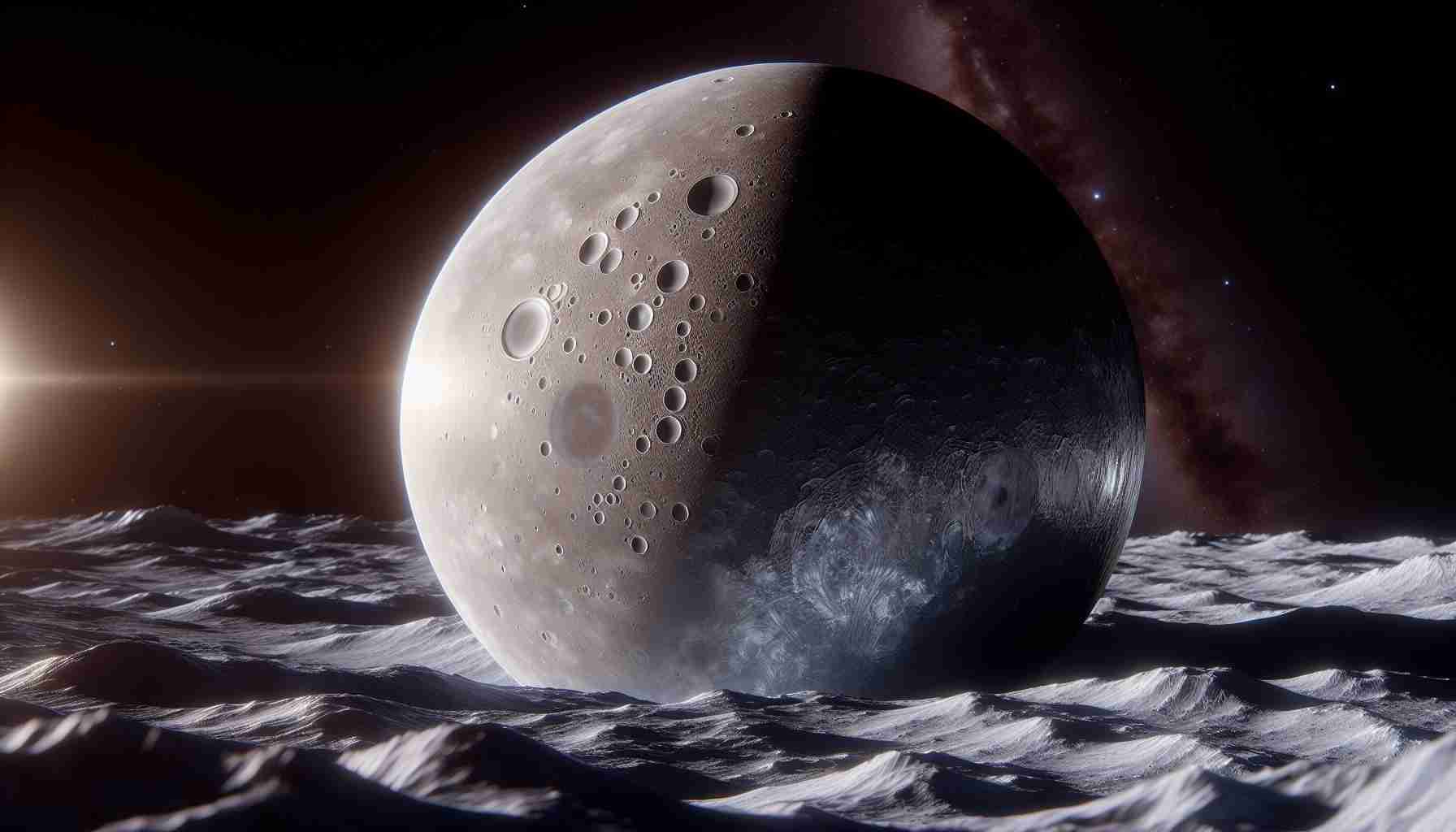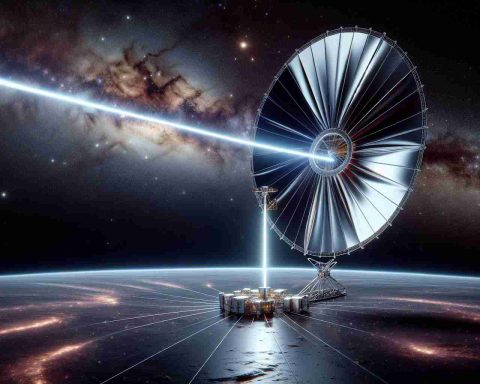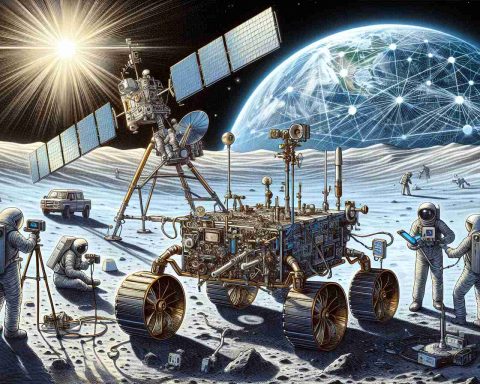Exciting Revelation from Spacecraft Flyby
Recent observations during a spacecraft flyby of Mercury, the closest planet to the Sun, have sparked immense excitement among scientists. This mission, part of the BepiColombo project launched by the European Space Agency (ESA) and Japan Aerospace Exploration Agency (JAXA), provided a unique chance to investigate deep craters in Mercury’s polar regions.
The spacecraft’s specialized camera successfully navigated the planet’s extreme “terminator” zones, which serve as a boundary between the darkness of space and the intense sunlight. In these shadowy areas, experts detected notable hints of frozen water located at the coldest parts of the planet, further piquing interest in Mercury’s surface conditions.
Research teams have classified these areas as some of the coldest locations in our solar system. They are eager to analyze the data collected from the flyby, anticipating what secrets might emerge about Mercury’s history and its geological features. Preliminary analysis suggests that ancient lava flows, alongside impacts from space debris dating back approximately 3.7 billion years, significantly shaped these features.
As part of its mission trajectory, BepiColombo is set to return to Mercury in late 2026. At that time, the spacecraft will separate into two orbiters, laying the groundwork for extensive scientific observations and data collection starting in 2027. With these upcoming missions, we may finally uncover whether Mercury indeed holds frozen water beneath its harsh surface.
Unlocking Mercury’s Secrets: The Future of Exploration
Exploration of Mercury’s Polar Regions
The recent flyby of Mercury by the BepiColombo spacecraft has revealed exciting insights into the planet, particularly regarding its polar regions and the potential presence of frozen water. This mission, part of a collaborative effort between the European Space Agency (ESA) and the Japan Aerospace Exploration Agency (JAXA), marks a significant milestone in planetary scientific research.
Key Features of the BepiColombo Mission
1. Spacecraft Specifications
BepiColombo consists of two main components: the Mercury Planetary Orbiter (MPO) and the Mercury Magnetospheric Orbiter (MMO), which are designed to study Mercury’s surface and magnetic field, respectively. The MPO is equipped with a suite of scientific instruments intended for high-resolution imaging and analysis of the planet’s surface composition.
2. Advanced Technological Innovations
The mission incorporates cutting-edge technology, such as powerful imaging sensors and spectrometers, to gather high-quality data about Mercury’s geology and atmosphere. These tools are crucial for analyzing the polar regions where frozen water has been detected.
Use Cases and Research Goals
Understanding Mercury’s Geological History
The data collected from this flyby and future missions will enhance our understanding of Mercury’s formation and evolution. By investigating its surface conditions, scientists hope to learn how the planet has responded to solar radiation and its geological processes over billions of years.
Potential for Future Research on Habitability
The discovery of frozen water, even in the harshest environments, may change our understanding of habitability in unexpected places within the solar system. This could offer insights into similar ice-bearing bodies and their potential for supporting life.
Pros and Cons of BepiColombo’s Findings
Pros
– Provides unprecedented views of Mercury’s surface and polar regions.
– Advances our understanding of planetary formation and evolution.
– Enhances the knowledge of water ice presence in extreme environments.
Cons
– The harsh conditions of Mercury make data collection challenging.
– Remote analysis could limit direct observational studies.
Market Analysis and Future Predictions
As planetary exploration technologies advance, missions like BepiColombo are likely to set a precedent for future space explorations. The data retrieved from Mercury will not only inform us about this planet but may also influence the next generation of exploratory missions targeting other celestial bodies, such as the moons of Jupiter and Saturn. Scientists predict that the upcoming separation of the spacecraft into two orbiters in late 2026 will significantly enhance the depth and breadth of scientific inquiry.
Security and Sustainability in Space Exploration
The BepiColombo mission reflects a growing emphasis on sustainable space exploration. With a focus on minimizing space debris and ensuring the longevity of scientific instruments in orbit, the project upholds environmental considerations, emphasizing stewardship of extraterrestrial environments.
For more information about the BepiColombo mission and ongoing updates, visit ESA’s official website.











